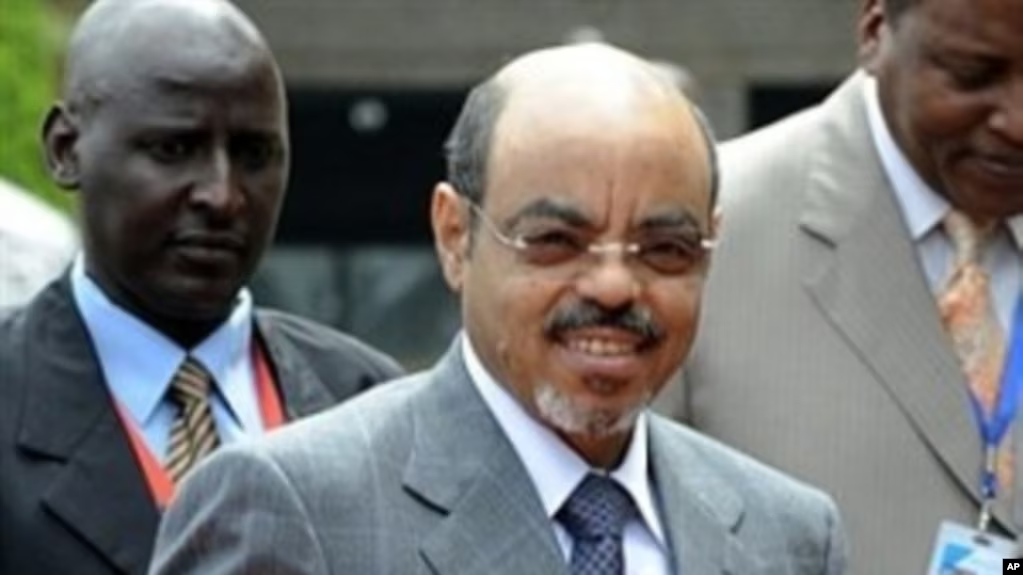
Political Context Leading to Unrest
The backdrop of the violence in Addis Ababa in June 2005 is multilayered, with politics at its heart.
It’s important to contextualize the conflict within the political climate of the time. Ethiopia was undergoing the second multiparty general elections in its history in May 2005. The ruling Ethiopian People’s Revolutionary Democratic Front (EPRDF) and opposition groups, chiefly the Coalition for Unity and Democracy (CUD), fiercely contested. The run-up to the elections was marked by a significant escalation in political tension, amplified by allegations of vote-rigging and charges of corruption against prominent opposition figures.
The post-election period echoed this turbulence, with both the ruling and opposition parties claiming victory. Inevitably, this led to public confusion, anxiety, and increased mistrust in the political process.
Escalating tensions boiled over into protests when the EPRDF declared victory in preliminary results. A wave of mass demonstrations hit Addis Ababa. Protestors, largely supporters of opposition groups, poured onto the streets, decrying the results as fraudulent. The government reacted swiftly and firmly, intensifying the situation.
mender.com
